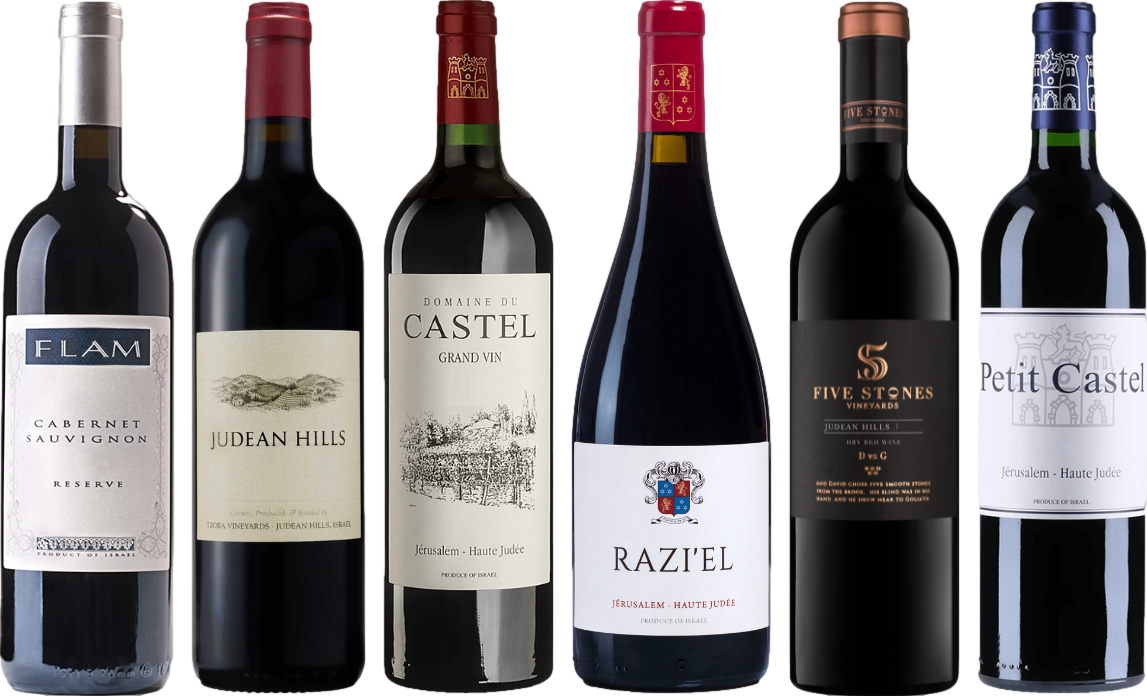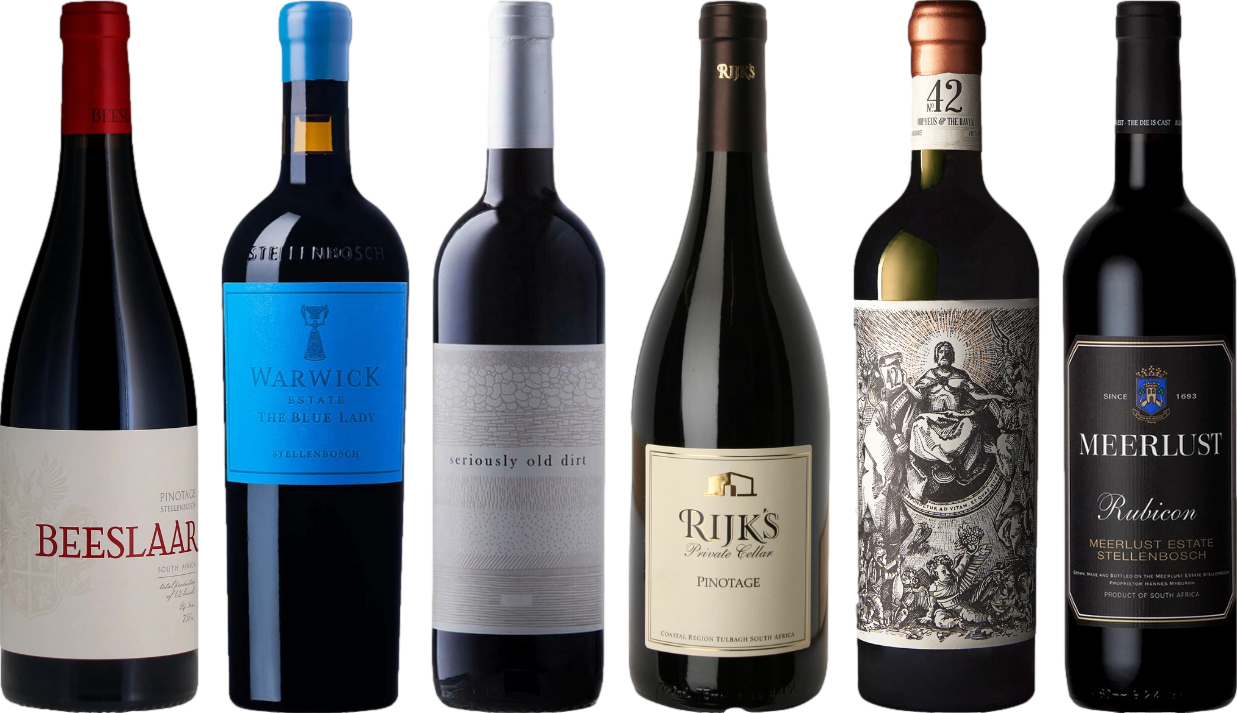



Keeping a bottle of red chilled in a cooling appliance can indeed be beneficial, particularly if it’s a lighter variety like Pinot Noir or Beaujolais. These wines often taste best at slightly lower temperatures, ideally between 55°F and 65°F. A brief stay in a cooling unit can help achieve that perfect sip.
However, long-term placement in a cooling unit isn’t advisable. The constant vibrations and fluctuating temperatures can negatively impact the quality over time. Instead, consider using a dedicated wine cooler that maintains a stable environment, or simply chill your bottle for a short duration before serving.
When it comes to serving, aim for the right balance. If you’ve opted for a robust Cabernet Sauvignon or Malbec, serving at room temperature allows the complex flavors to shine. If you decide to chill, limit the cooling period to prevent the wine from losing its character.
Storing Wine in a Refrigerator
For short-term preservation, placing a bottle of this fermented beverage in a chilled environment is acceptable. However, avoid long-term storage in such conditions, as the low temperature may mute the complex flavors and aromas that develop over time. Aim for a temperature around 55°F (13°C) for optimal aging.
Temperature Considerations
While a fridge is ideal for chilling, it typically operates between 35°F (1.6°C) and 40°F (4.4°C). This is lower than recommended temperatures for aging. If opting for this solution, consume within a few days to maintain quality.
Humidity and Vibration Factors
Humidity levels in a traditional cooling appliance are often too low, which can cause corks to dry out and compromise the seal. Additionally, constant vibrations from the compressor can disturb the sediment in the bottle, affecting taste. For best results, look for a dedicated cooling unit designed for wine preservation.
In summary, while this method can work in a pinch, it is not the best choice for long-term enjoyment of quality bottles. Prioritize a proper storage environment for aging to fully appreciate the nuances of the beverage.
Understanding the Ideal Temperature for Wine
Optimal serving temperature ranges from 60°F to 65°F (15°C to 18°C). This range allows the intricate flavors and aromas to emerge fully. When the temperature dips below this threshold, the taste can become muted, leading to a less enjoyable experience. On the flip side, exposure to higher temperatures can overpower the senses, diminishing the wine’s complexity.
Factors Influencing Temperature
Several elements affect how temperature impacts the tasting experience. For instance, the type of grape varietal plays a significant role. Lighter-bodied varieties, like Pinot Noir, may benefit from slightly cooler conditions, while fuller-bodied options, such as Cabernet Sauvignon, thrive at higher temperatures within the recommended range. Additionally, personal preference can dictate slight adjustments; some prefer a touch cooler or warmer based on individual palate sensitivity.
Storage Recommendations
For long-term preservation, aim for a consistent environment around 55°F (13°C). Fluctuations can harm the quality over time. Avoid heat sources, direct sunlight, and vibrations, as these conditions can adversely affect flavor development. Use a reliable thermometer to ensure the ideal environment is maintained for the best tasting experience.
How Long Can You Keep Wine in the Refrigerator?
Generally, once opened, a bottle of this type lasts about 3 to 5 days in a cooler. Proper sealing is crucial; utilize a cork or a vacuum pump to minimize exposure to air, which accelerates oxidation. If unopened, it can remain chilled for months, but it’s best consumed within a year for optimal flavor.
Factors Influencing Longevity
Temperature stability plays a significant role. Fluctuations can negatively affect quality. Additionally, the wine’s tannin and acidity levels contribute to its ability to age gracefully. Full-bodied selections tend to fare better than lighter varieties in cooler environments.
Storage Tips
| Tip | Description |
|---|---|
| Seal Properly | Use a cork or vacuum pump to limit air exposure. |
| Keep Consistent Temperature | Avoid frequent opening and closing of the cooler. |
| Avoid Light Exposure | Store in a dark container to prevent light damage. |
| Monitor Aroma | Check for off-odors before consumption. |
Ultimately, being mindful of these guidelines can help ensure that each glass remains enjoyable for as long as possible, even while residing in cooler conditions.
The Impact of Refrigeration on Flavor Profile
Storing temperature plays a significant role in the overall taste experience of a wine. Lower temperatures can mute the nuances of aromas and flavors, particularly in varietals that thrive at slightly warmer conditions. A chilled bottle may result in a duller sensation on the palate, as the subtleties of fruit and spice may become less pronounced.
When it comes to tannins, refrigeration tends to emphasize them, making a wine feel more astringent. This can lead to an unbalanced profile, especially in younger or bolder selections. Ideally, maintaining a consistent, moderate temperature allows for the complexity of flavors to emerge, enabling a fuller appreciation of the wine’s character.
Moreover, prolonged exposure to cold can impact the aging potential of certain bottles. While some may argue that a short chill can refresh a drink, more extended periods at low temperatures may hinder the development of desirable traits over time. It’s essential to consider how temperature fluctuations might alter the evolution of flavors as well.
For optimal enjoyment, aim for a temperature range that allows the wine to express its full potential. Experimenting with slight adjustments can lead to discoveries about how the experience shifts with temperature changes. Balancing enjoyment and preservation is key to savoring each sip.
Best Practices for Storing Opened Red Wine in the Fridge
For optimal preservation of an opened bottle, ensure it is sealed tightly with its original cork or a specialized wine stopper. This minimizes oxygen exposure, which can alter flavors. A vacuum pump can be utilized to remove excess air, further extending freshness.
Keep the bottle upright to limit the wine’s contact with the cork, preventing it from deteriorating. Position the bottle in the fridge away from strong odors, as wine can absorb these scents, affecting its taste.
Ideal Duration for Refrigerated Opened Bottles
Typically, an opened bottle remains enjoyable for up to five days in a chilled environment. For full-bodied varieties, the flavor may start to decline after three days. Always check for any off aromas or changes in taste before pouring.
Temperature Considerations
Maintain the fridge temperature between 40-50°F (4-10°C) for best results. Avoid frequent temperature fluctuations, as this can disrupt the wine’s stability. If you’re storing it for a longer time, consider using a wine fridge designed to maintain a consistent climate.
Adhering to these guidelines will enhance the experience of enjoying your favorite pour long after the bottle has been opened.
Alternatives to Refrigeration for Red Wine Storage
Consider utilizing a wine cellar or a dedicated wine fridge for optimal temperature control. These environments maintain stable conditions, which is crucial for preserving the integrity of various varietals.
Temperature Control
- Aim for a temperature range of 55°F to 65°F (13°C to 18°C) for most varieties.
- Use thermometers to monitor temperatures regularly, ensuring stability.
Humidity Levels
- Maintain humidity around 60%-70% to keep corks moist and prevent oxidation.
- Consider using a humidifier or placing a small dish of water in the storage area.
For those who lack space, a dark cupboard away from heat sources can suffice. Wrap bottles in cloth to protect from light exposure. Always keep bottles horizontal to keep corks in contact with liquid.
After opening, if you need to preserve a bottle, consider using a vacuum pump to remove air, thus slowing oxidation. For a delightful meal pairing, check out this guide on how to cook fresh salmon in skillet.
Signs That Cold Storage Has Damaged Wine
Look for a dull appearance in the liquid. A vibrant hue indicates freshness, while fading or browning suggests exposure to low temperatures has compromised quality. Check for sediment that appears excessively or is clumped together, which may indicate temperature fluctuations have caused instability.
Take note of any off-putting aromas. A musty or vinegary scent can signal spoilage from prolonged cold exposure. Taste is equally important; an unbalanced flavor profile, particularly a pronounced bitterness or lack of fruitiness, points towards potential damage. Additionally, if the closure shows signs of leakage or if the cork is pushed out, this could indicate that the temperature has been too low for too long.
Additional Indicators of Damage
Observe the bottle’s label for any signs of condensation or moisture, which can affect the integrity of the adhesive and the label itself. Excessive moisture on the cork can mean the wine has been subjected to cold conditions that are too harsh.
Finally, if the bottle has been stored upright, this may exacerbate issues with the cork drying out, leading to oxidation. Always keep an eye on these details to ensure your collection remains in prime condition.










